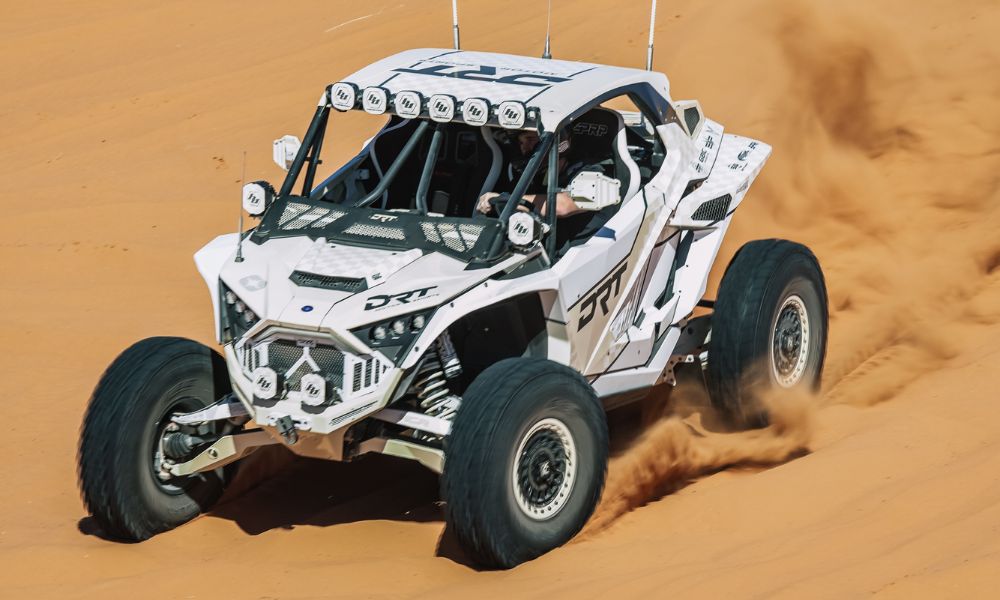Understanding UTV Suspension and Why It’s Important

Ripping across the desert, plowing through mud, or navigating tricky mountain trails—this is the dream if you’re a UTV enthusiast. And while engine output, tire traction, and safety upgrades are important, the suspension is a crucial player in the game of off-roading. This guide will give you an understanding of UTV suspension and why it’s so important.
Why Suspension Matters in UTVs
Suspension is to the UTV what balance is to a tightrope walker: utterly indispensable. Both offer stability and control, essential to successfully and gracefully executing the respective tasks. A well-tuned suspension absorbs the energy transferred between each corner and all four sides of the vehicle as it accelerates, decelerates, and turns.
Suspension doesn’t merely eat rocks and absorb bumps. It completes the circle of control. It allows a greater distribution of dynamic force by raising and lowering the nose and tail. This gives the driver precision with their gas and brake pedal inputs.
Keeping the tires planted for traction, protecting the undercarriage and lower accessories, smoothing out the overall ride, and improving overall maneuverability sum up the suspension’s role in a UTV.
Components of UTV Suspension
The graceful dance over rough terrain doesn’t happen by accident. It orchestrates various components that work in harmony, giving the side-by-side rhythm and fluidity of movement. The suspension system consists of shocks and springs with control arms acting as pivot points for the tires and a well-oriented connection to the chassis.
The springs determine how well your side-by-side will handle by adjusting its preload. Tuning the shocks can manage and restrict the motion of the springs, absorbing the impact on their behalf.
Often, you’ll find A-arms front and back. But trailing arms are in the stern, which, in tandem with radius arms, allow the rear axle to travel altitudinally while maintaining vehicle alignment.
Factors To Consider in UTV Suspension
Setting up your suspension system should differ for various purposes. Consider the terrain you’ll tackle before diving in. Rocky trails, woods riding, desert rips, and sandy dunes all require unique preparations.
Riding style also affects adjustment needs. How hard you can take corners, G-outs, or jumps will vastly change with presets.
Furthermore, don’t forget about passengers and cargo. Weight capacity will influence sag, altering the UTV’s handling and comfort. So take note when cruising solo or with a full crew to ensure your suspension adjustments appropriately reflect the load conditions.
Common Suspension Upgrades and Modifications
The aftermarket is a treasure trove of ride and aesthetic possibilities, offering many upgrades to enhance your UTV’s prowess. Popular updates include adjustable shocks to change the level of damping, adding a lift kit for more ground clearance, or beefing up the control arms for enhanced durability.
However, with great power comes great responsibility. Don’t just bolt on new components and expect miracles. Recalibration is the polish to a freshly manicured side-by-side. This means you’ll need to adjust any suspension modifications properly.
Understanding the role of suspension in UTVs and knowing when it’s necessary to fine-tune or upgrade ensures every ride is the best it can be. Browse DRT Motorsports’ selection of RZR Turbo R parts to begin your off-road expedition! The joy of riding isn’t about the destination; it’s about the journey. So up your suspension game now to guarantee unforgettable adventures later.
